The PCB Artists decibel sound level meter module features
- High accuracy of ±1 dB SPL (Pro) and ±2 dB SPL (Regular and Spectrum Analyzer)
- No external microphone needed – contains built-in MEMS mic
- Measurement range of 30 dB to 120 dB
- Frequency Range of 30 Hz to 8 kHz
- Easy to use – standard I2C interface
- Low power consumption, suitable for battery powered use
- Selectable frequency response – A-weighted, C-weighted, Z-weighted
- Adjustable averaging time in the range of 10ms to 10,000 ms
125ms (fast mode) and 1,000ms (slow mode) supported - Threshold detection and interrupt
- 100-reading buffer to allow host MCU to sleep
- Stick to any surface using peel-off adhesive
- Low cost and small in size
Audio Spectrum Analyser
- 0 – 8 kHz readable into 64 bands (125 Hz each), and
- 0 – 8 kHz divided into 16 bands (500 Hz each)
- Energy in each band is readable in dB SPL
![]() “PRO” Module – Professional sound meter features for your projects!
“PRO” Module – Professional sound meter features for your projects!
- 2 decimal precision, simultaneous A, C, and Z weighting
- True Integrating Noise measurements – Leq (A, C, Z weights)
- Noise Dosimeter to measure noise exposure by the second, minute or hour
- Octave band sound analysis
Sensor Module Selection Guide
Decibel Meter – Documentation
The I2C decibel meter module can be connected to any system with a 3.3V power output and I2C bus for communicating with the sound sensor module.
- Decibel Sensor – Interfacing Guide and Hardware Manual
- Decibel Sensor configuration examples – using sleep, interrupt and other features (coming soon)
- Decibel Sensor – Programming Guide and I2C Register Map (for “Regular” and “Spectrum Analyzer” modules)
- PRO Sensor I2C Register Map
- Mounting guide for SMD type decibel sensor module
Example Projects and Source Code
Here are some sample projects and source code to help you get started quickly with our decibel sensor module.
- Using the dB SPL sensor with Raspberry Pi, includes example source code in C
- ESP32 Decibel Logger Demo with ThingsBoard, includes ESP32 Arduino sketch
- RP2040 or Pi Pico Sound Level Sensor Demo, includes MicroPython code
- Decibel Meter with Arduino UNO and 7-Segment Display, includes Arduino sketch
Accessories
- IP67 protective membrane sticker, indoor and outdoor use
See the Module in Action
Watch How2Electronics’ YouTube video using an ESP32 devkit and OLED display to show decibel values acquired from our “Regular” sensor. At 0:40, you can see how the speaker’s properties and the module’s A-weighting affects decibel readings based on the sound frequency being measured.
Physical Dimensions
Note that the bottom side of the module has no components to facilitate sticking the module to an enclosure using double-sided adhesive tape. The sound inlet port of the microphone is located on the bottom side.
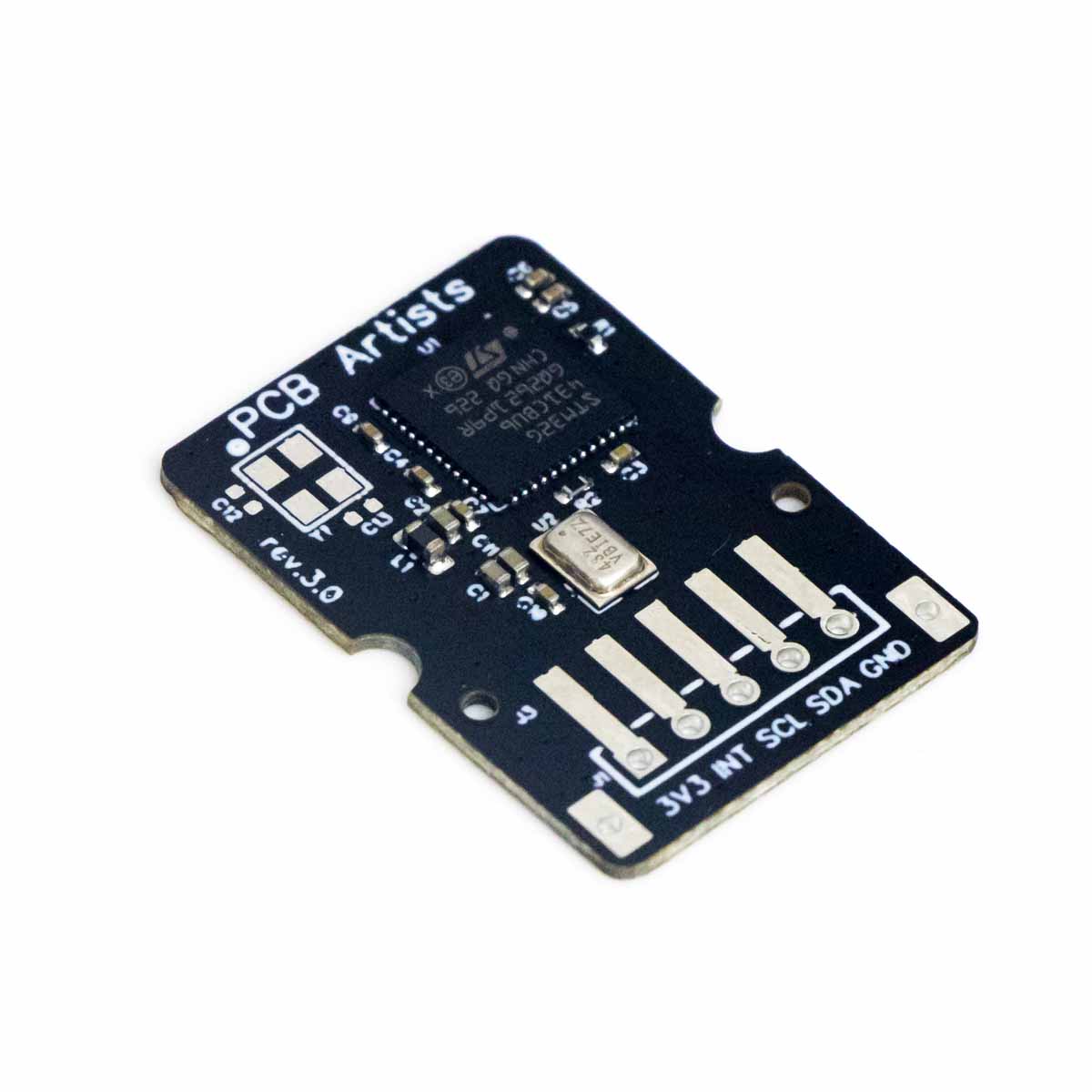
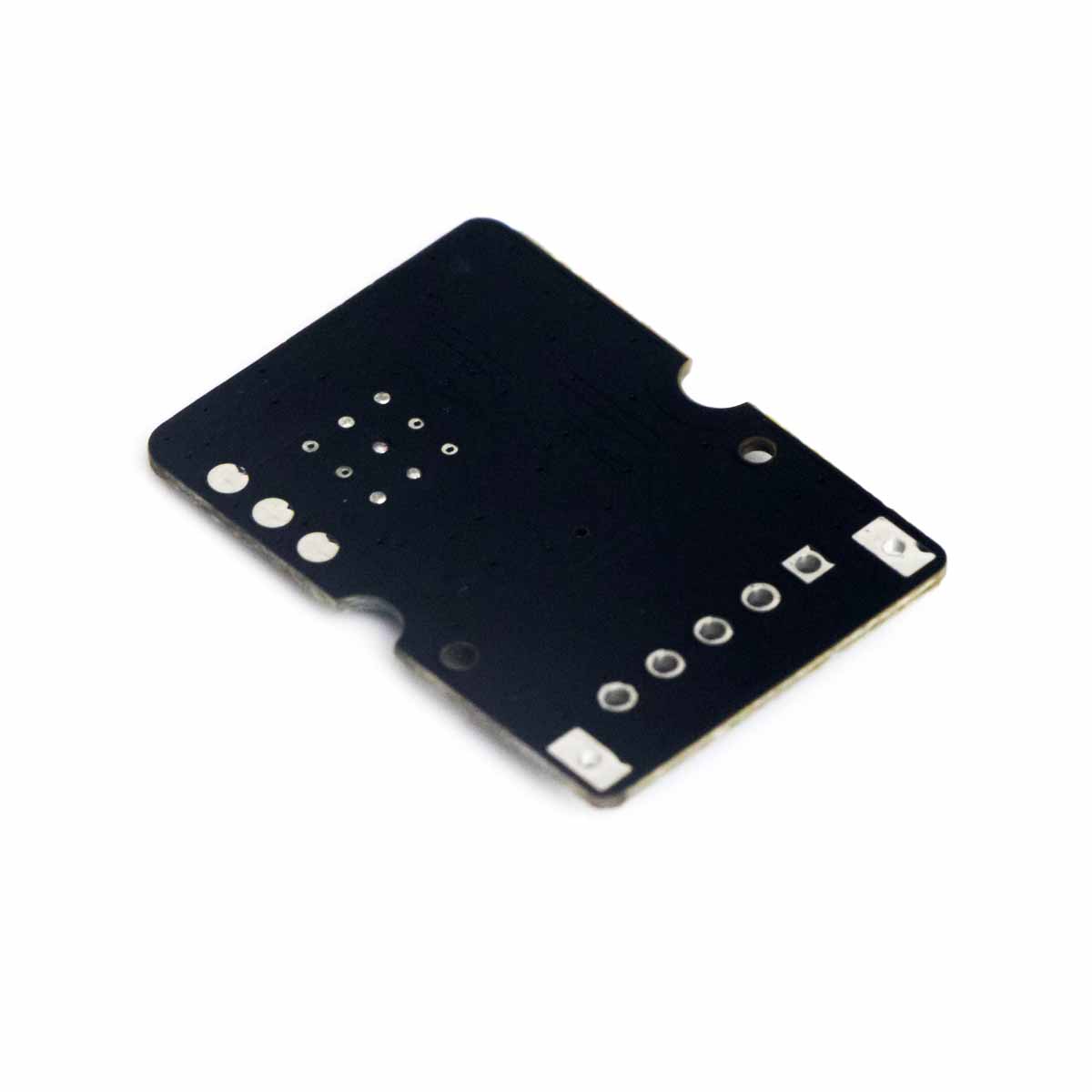

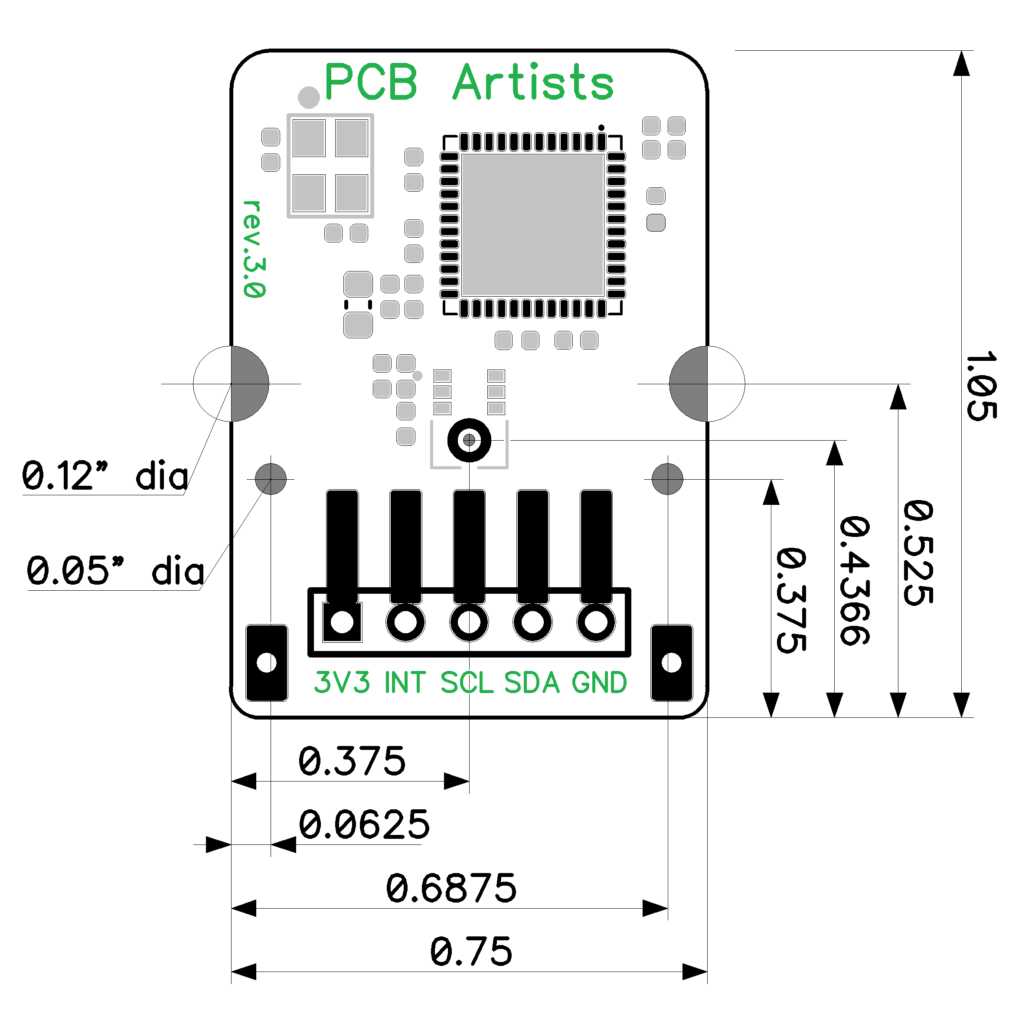
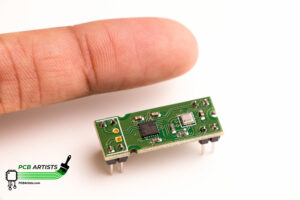
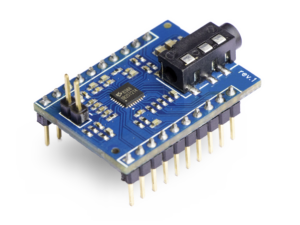
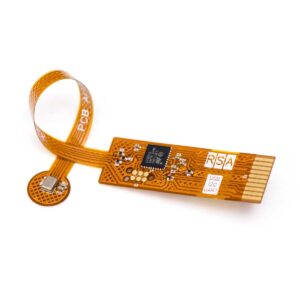

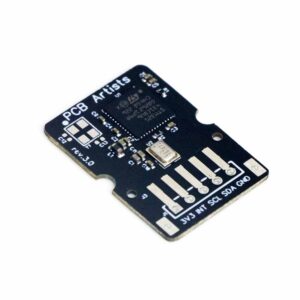
Adilson Jacob (verified owner) –
We have been trying out the “regular” dB meter (3 modules) for a few weeks with Pi Zero W.
This little thing works great in the A-weight area for reading noise in rooms!
John Poole (verified owner) –
I purchased several of these modules in the Spring of 2023 and have been taking samples of aircraft noise for over 2 years; I live next to a flight path and the jets’ noise significantly differ from propeller planes. There is constant pressure from local business to increase jet traffic with the hope of tourist revenues.
I have a Perl script running on a Raspberry Pi 2W which preserves levels every second and if the level goes above 64 dBs, then every 200 milliseconds.
I’ve compared my results from this module with a Reed 8080 USA Class II certified monitor placed within a few inches of my temporary housing for this module and the differences are within 1-2 decibels. I have in production a HAT for the Pi 2W with appropriate housings and antennas to distribute around my neighborhood to build a community sound profile which can be submitted to future hearings regarding airport/runway expansion and/or alignment. Thanks to PCB Artists for giving us the tool to have some sort of equal footing to the U.S. Federal Aviation Administration (“FAA”) and the very expensive engineered “sound studies” the FAA relies upon and which nobody can counter or afford because nobody has any data.
This module is a game changer.